Published on Mar 27, 2024 blog
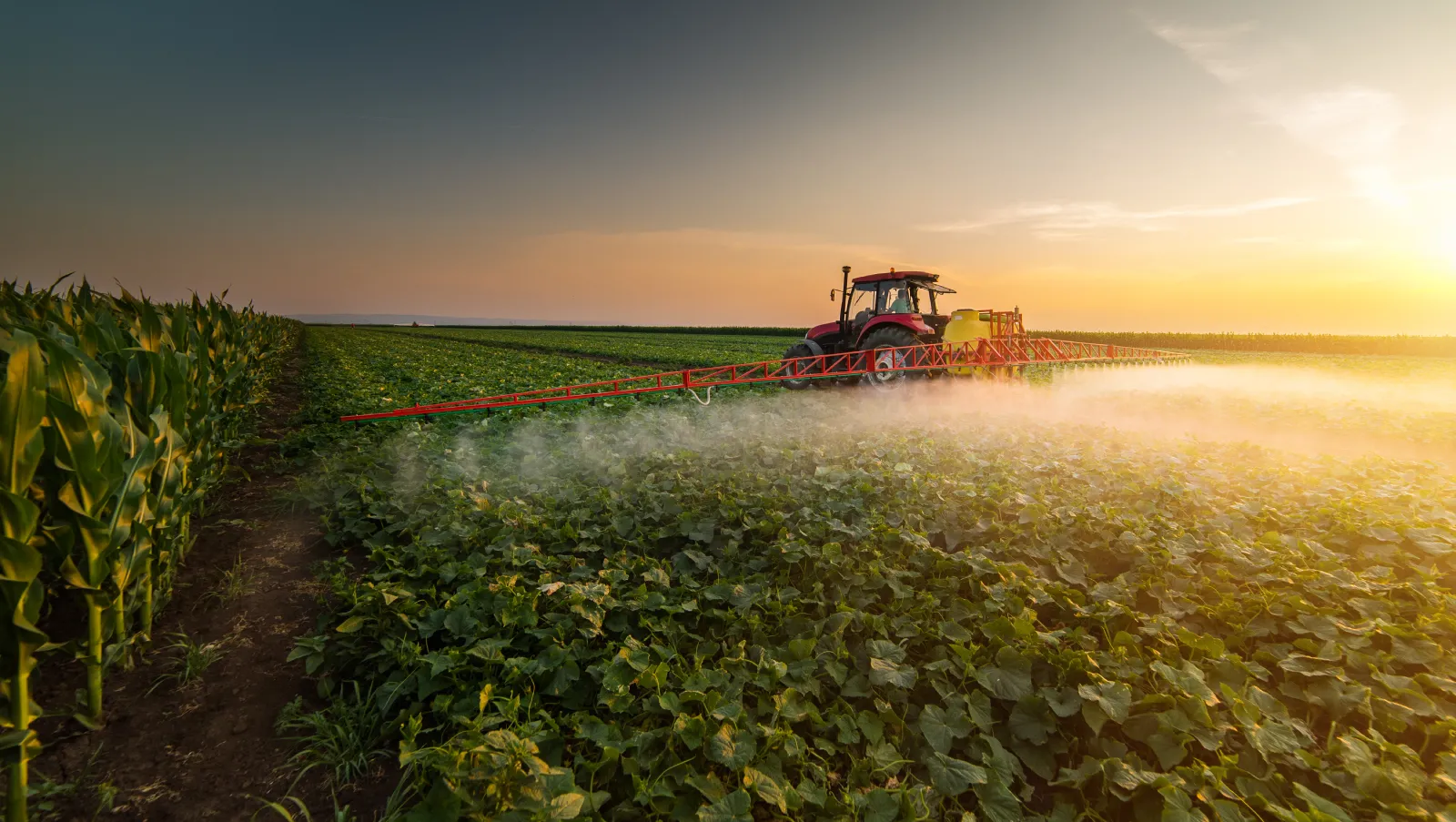
Agriculture, while essential for sustaining human life and meeting global food demands, has undeniably negatively impacted the environment. The conventional practices associated with modern agriculture, such as intensive monoculture, heavy use of chemical fertilizers and pesticides, deforestation for expanded cropland, and excessive water use, have collectively contributed to environmental degradation.
These activities result in soil degradation and erosion, loss of biodiversity, water pollution, and greenhouse gas emissions, exacerbating climate change.
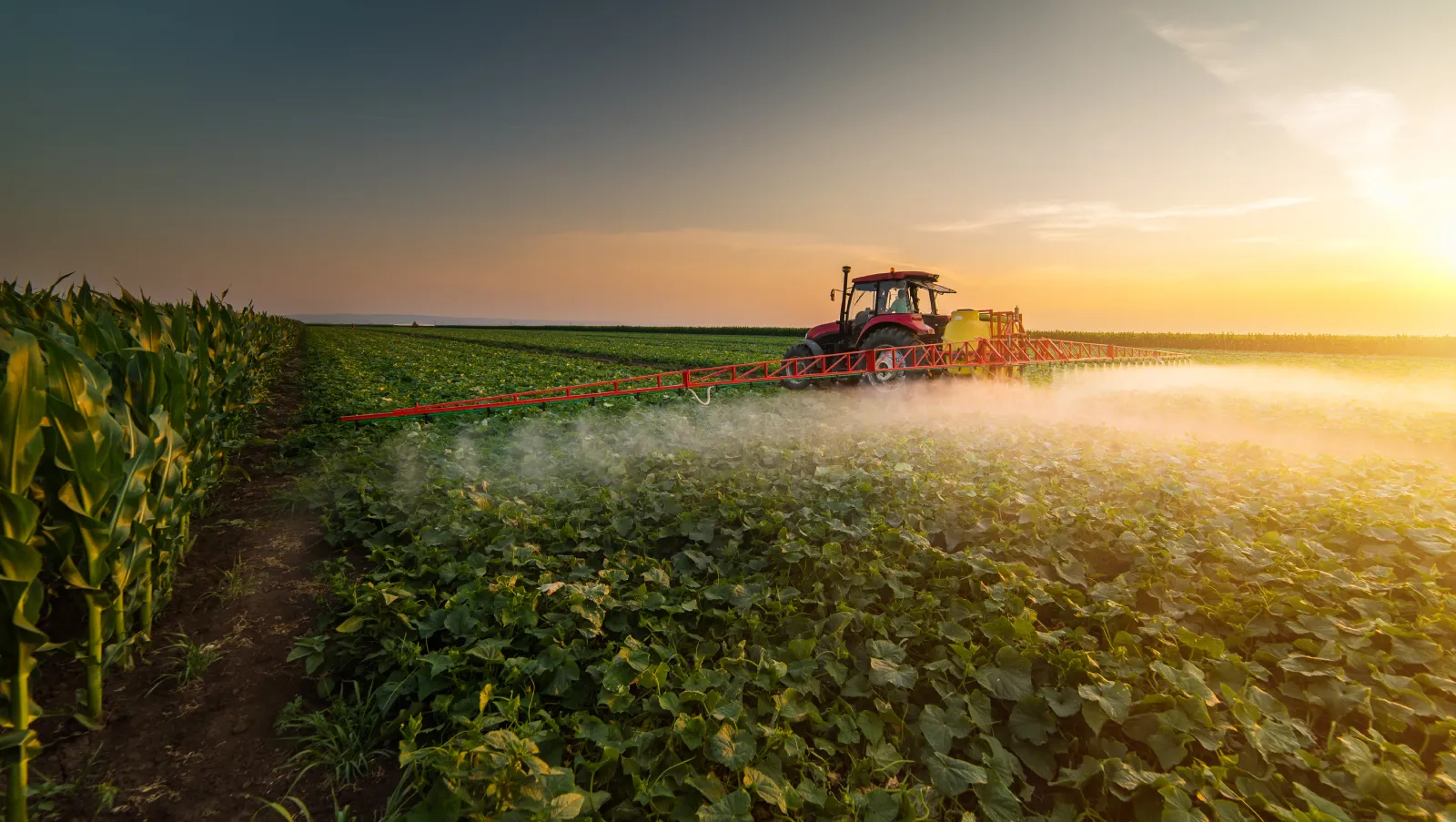
The negative repercussions of conventional agricultural practices demonstrate the urgent need for sustainable, regenerative approaches that balance food production with environmental stewardship to ensure the long-term health of our planet.
Circular agriculture is one such sustainable, regenerative approach. It reduces environmental impact through sustainable practices prioritizing resource efficiency, waste reduction, and ecosystem preservation. Here are several ways in which circular agriculture contributes to minimizing its environmental footprint:
"Circular agriculture" refers to an approach that aligns with the principles of a circular economy. It involves designing farming systems and implementing management practices that prioritize sustainability by promoting the efficient use of resources and inputs and striving to eliminate waste.
The concept is inspired by the idea of closing the loop in the agricultural supply chain—creating a continuous cycle where waste and by-products from one stage become valuable inputs for another.
Circular agriculture emphasizes the efficient recycling of nutrients within the farming system. By employing practices such as crop rotation, cover cropping, and the use of organic matter, farmers can enhance soil health. These practices naturally add organic products or plant matter to the soil, which breaks down over time to release nutrients. The organic matter also improves the soil’s nutrient-holding capacity.
In turn, using cover cropping or adding organic matter helps reduce the need for synthetic fertilizers (or the amount applied) and minimizes nutrient runoff, which can otherwise contribute to water pollution.
Photo Credit: www.bluewaikiki.com, CC BY-SA 2.0, via Wikimedia Commons
Circular agriculture aims to eliminate waste and the associated deleterious effects of sending it to a landfill. Instead, byproducts and residues from farming processes are recycled and valorized, turning what would normally be discarded into something valuable and “closing the loop,” thus creating a circular economy.
Agricultural waste, such as surplus produce, crop residues, and other organic matter, can be repurposed for composting, bioenergy production, or animal feed, reducing the environmental burden of disposal and decomposition.
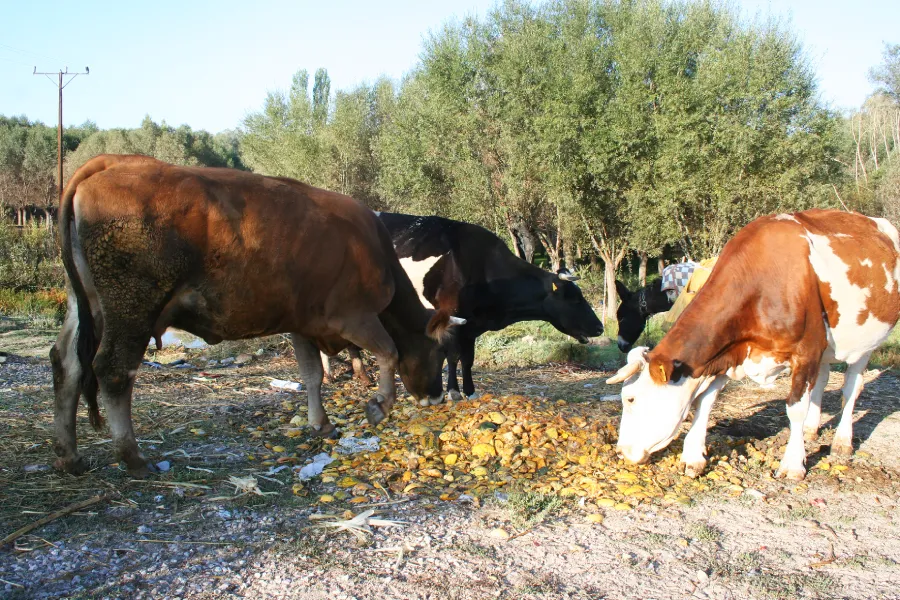
Our innovative technology (MatLoop) fosters circular farming through supply chain management and the reduction of farm-level food waste typically sent to landfills. It connects sellers and buyers, finding markets for the waste and opening up revenue streams, while the material valorization database will help companies leverage data to find new uses for food waste.
Circular production systems promote water-efficient irrigation methods and precision farming techniques to minimize water usage. Farmers can optimize water resources, reduce water wastage, and contribute to sustainable water management by implementing technologies like drip irrigation, soil moisture monitoring, and rainwater harvesting.
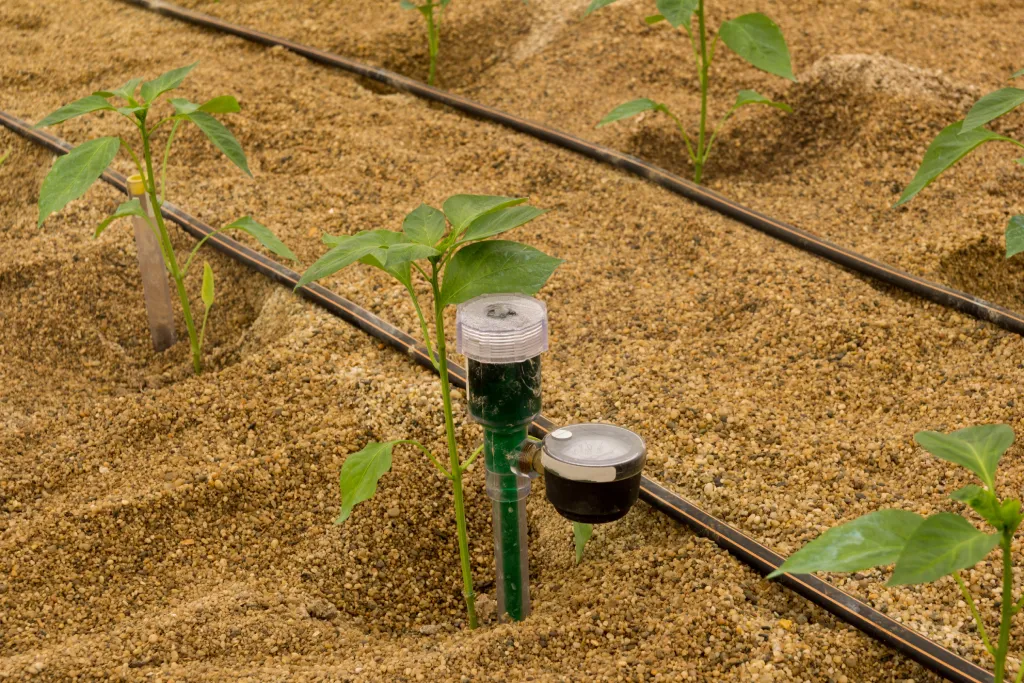
Circular agriculture also encourages the adoption of energy-efficient technologies and practices. The fossil fuel consumption for the operation of tractors, plows, combines, and other machinery can be substantial, especially in large-scale conventional agriculture. Synthetic fertilizers, in particular, use considerable energy for manufacturing.
From utilizing renewable energy sources on farms to optimizing machinery and equipment, these measures help reduce the carbon footprint associated with agricultural operations.
Circular agriculture strongly emphasizes regenerative soil practices that foster soil health and help improve the local ecosystem. Regenerative agriculture takes a holistic approach to soil management, centering on the concept of farming and ranching in harmony with nature.
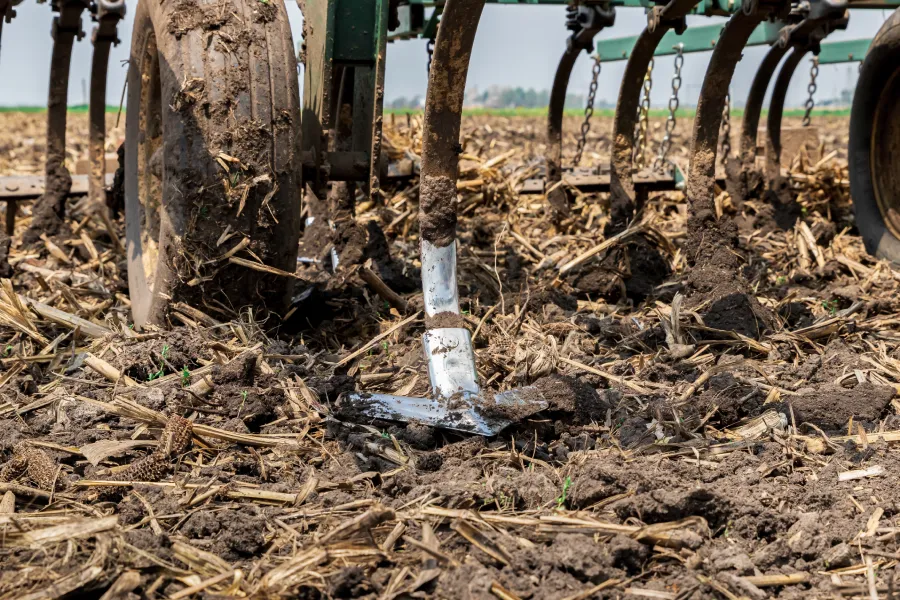
Practices such as minimal tillage, cover cropping, rotational grazing, and agroecological approaches enhance soil structure, increase carbon sequestration, and improve water retention. Thus, they contribute to overall soil health and reduce conventional farming's environmental impact.
Circular agriculture recognizes the importance of biodiversity for ecosystem resilience.
Approximately 90% of the worldwide biodiversity pressure stems from the food, energy, textile, and construction sectors. This pressure occurs as more than 50% of the global gross domestic product depends on the natural environment and its services.
Circular agriculture enhances plant and animal biodiversity by promoting crop diversity, integrating agroforestry practices, and creating environments that support a variety of species. Also, by design, waste, and pollution are typically eliminated or significantly reduced in circular agriculture, minimizing the direct threats to wildlife and native plant populations.
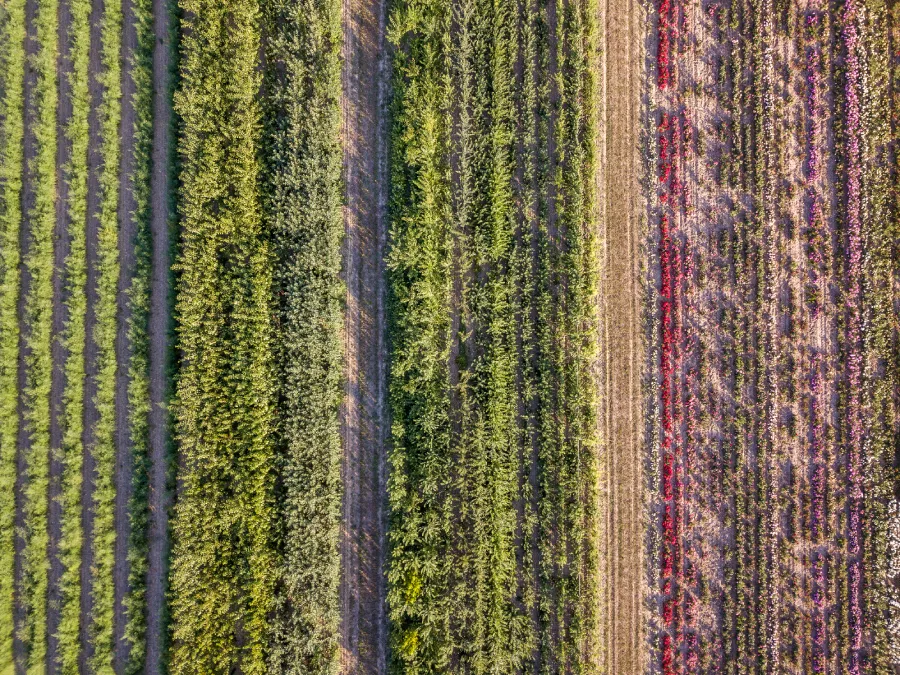
Integrating diverse crops, practicing agroforestry, and preserving natural habitats within farming landscapes contribute to maintaining biodiversity. This not only supports ecosystem services but also enhances the overall sustainability of agricultural systems.
Circular agriculture often promotes both local and seasonal food production. By reducing food transportation distances from farms to the end consumer, fossil fuel consumption and carbon emissions associated with long-distance transportation are significantly minimized.
Circular agriculture adopts integrated pest management (IPM) strategies for pest control instead of immediately turning to pesticide applications and relying heavily on chemical control. Through IPM, circular agriculture emphasizes biological control methods, companion planting, and crop rotation to prevent and manage pest and disease problems. 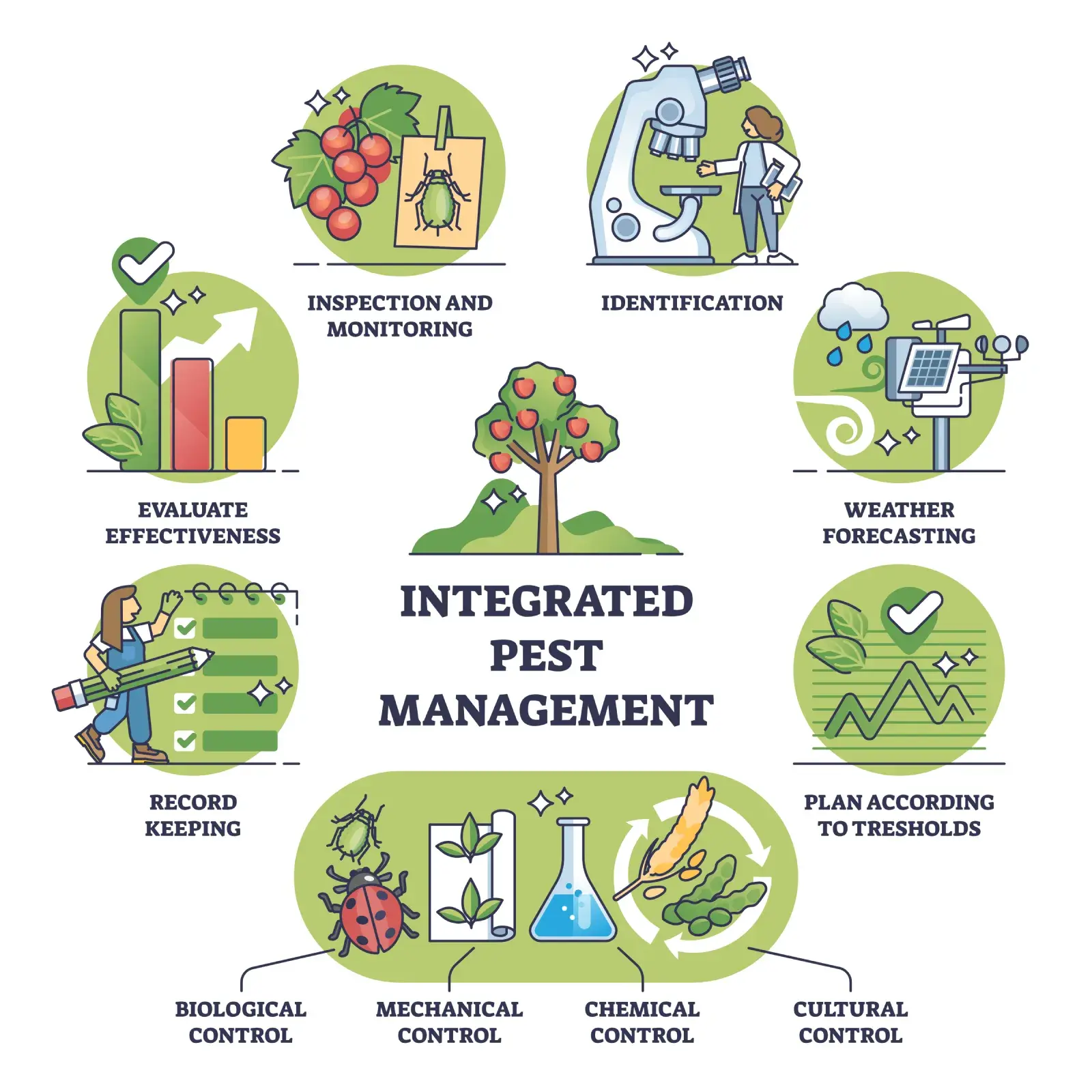
A multifaceted management practice reduces reliance on chemical pesticides, mitigating their negative impact on ecosystems and promoting a healthier environment.
By integrating these practices, circular agriculture strives to create a more resilient, sustainable farming system that actively contributes to environmental conservation and addresses the challenges posed by conventional agricultural practices.
Our solution isn’t simply to create another B2B marketplace to sell farm-level food waste. Our solution, MatLoop, is to revolutionize how harvests are handled, providing a powerful, vital tool for achieving sustainable food management and a circular economy.
MatLoop is a technology platform for upcycling farm-level food waste. It facilitates a scalable closed-loop supply chain by connecting farmers with aesthetically imperfect or surplus produce to bioproduct companies—such as food, beverage, animal food and cosmetic brands, and biorefineries— with no, or less stringent, aesthetic standards.
The technology will address farm-level supply chain challenges by matching food waste with buyers based on factors like quality, price, and transportation time and cost. It will also optimize operations by enabling freight consolidation and reducing transportation costs and emissions.
Join us as our cutting-edge, innovative platform combats food waste, creates a circular agricultural supply chain, and helps cultivate a greener, healthier planet!